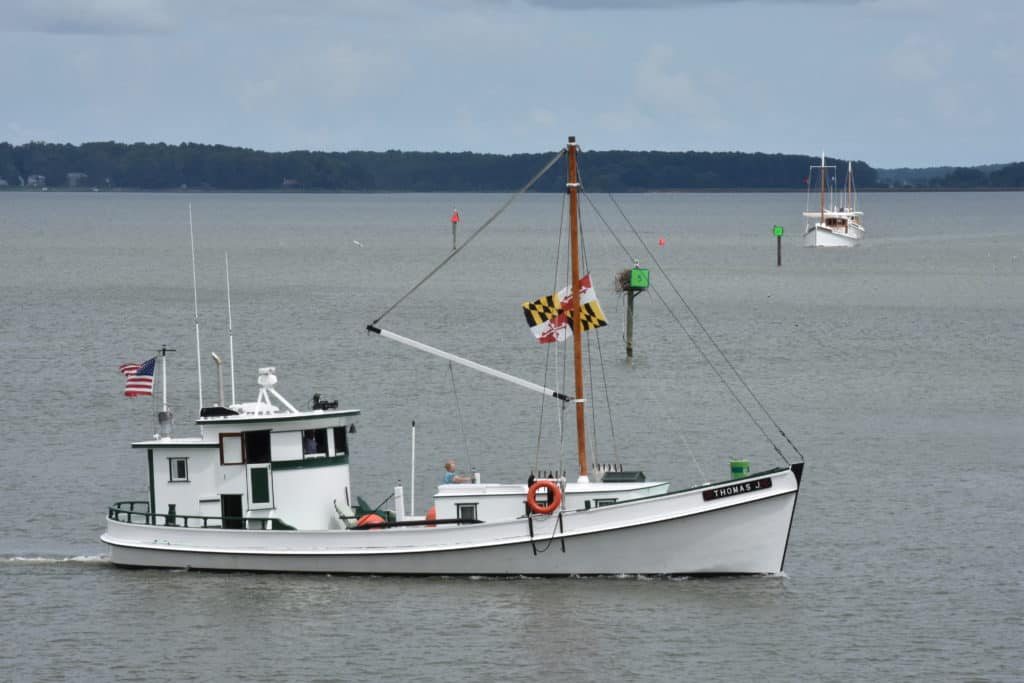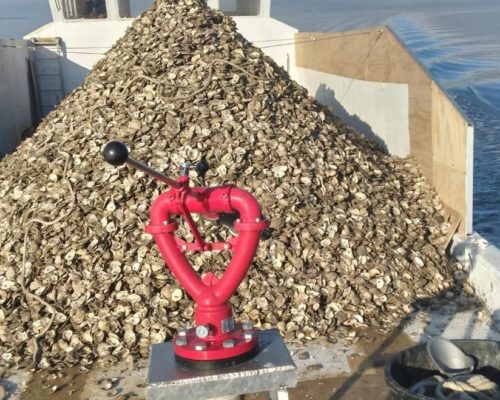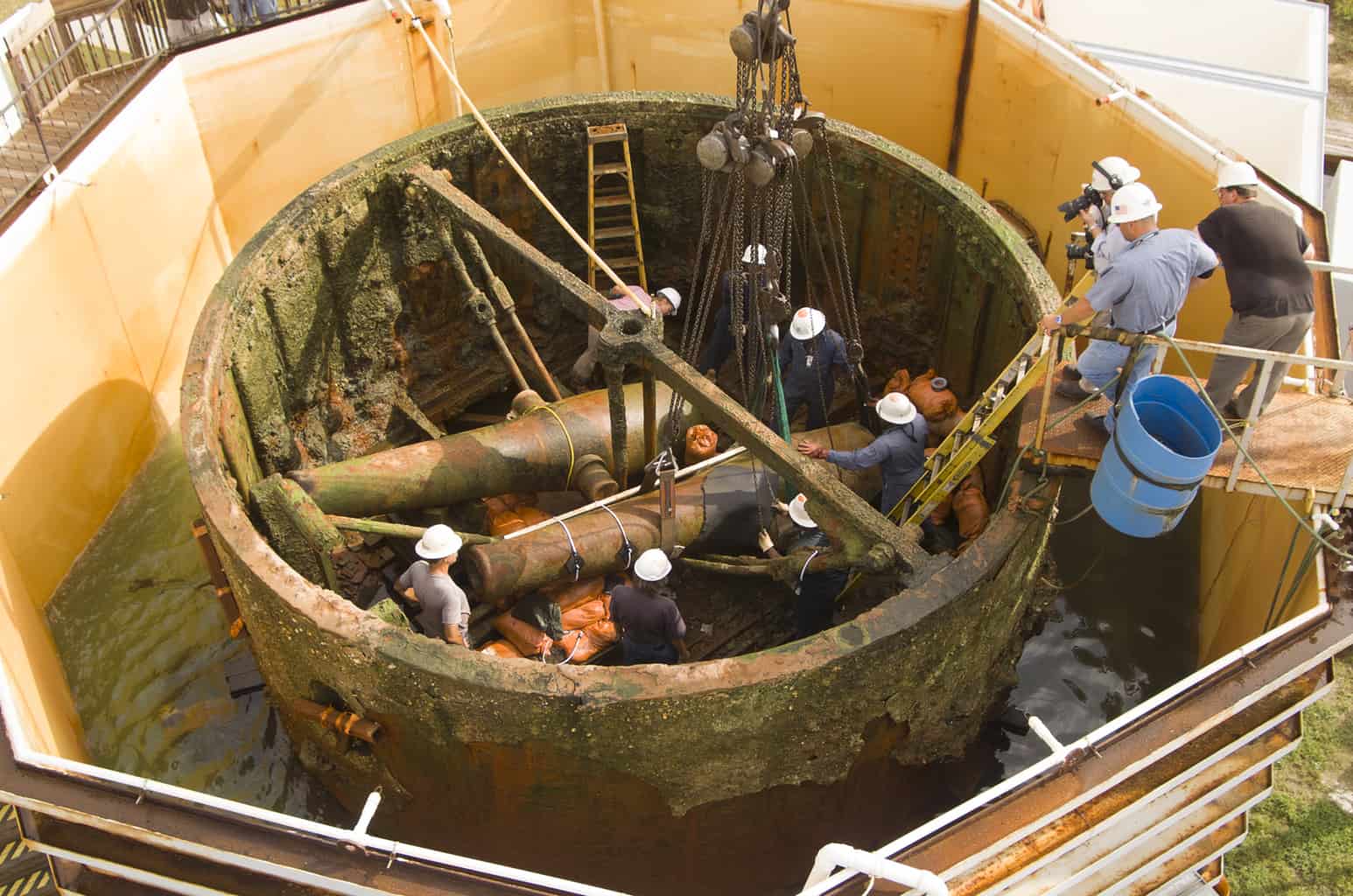Skipjacks get all the glory, but there’s another hero of the Bay’s historic seafood industry worth celebrating: the buyboat.
The Chesapeake Bay Buyboat Association will hold its 17th annual buyboat rendezvous from July 30- Aug. 8. The tour will start in Urbanna at the town-owned marina on Urbanna Creek from July 30-Aug. 1 and end on Aug 6-8 at Hudgins Horn Harbor Marina in Port Haywood.
During the week, the boats plan to visit Tangier Island (Aug. 2), Cape Charles (Aug. 4) and Poquoson (Aug. 5) for overnight stays and to greet the public interested in seeing and learning about the boats.
The annual cruise brings together privately owned boats converted to pleasure boats and museum and nonprofit-owned education boats that have been left in the workboat style. The cruise is designed to educate the public on the history and culture surrounding the largest motor-powered deadrise wooden workboats built on the Bay. The boats will be open to the public to come aboard.
The era of Chesapeake Bay motor-powered buyboats started at the turn of the 20th century when gas and diesel
engines powerful enough to push a boat the size of a Bay buyboat became affordable and available to the general public.
As buyboats, the boats were used to go out to the fishing grounds to buy oysters, crabs and fish from independent commercial fishermen and haul payloads back to seafood processing houses. Though most people recognize the term buyboat, it is somewhat misleading because buying and selling seafood was only a small part of the overall use of these boats.
The boats were also used to haul freight, lumber, fertilizer, livestock, watermelons, canned vegetables, fish pound nets and haul seines, and to dredge for crabs and oysters. Before overland trucking became popular, buyboats were the tractor-trailers of the Chesapeake Bay. The boats were also called gasoline boats, freight boats, deck boats, mast boats, run boats, runners, bay freighters and bay boats. The large wooden deadrise style vessels were built by Virginia and Maryland boatbuilders from one end of the Bay to the other.
During its heyday, there were thousands of buyboats going and coming up and down the bay. Today, there are about 40 left and about a dozen are expected to show up for the rendezvous.
The boats that have committed to all or portions of the tour are Linda Carol, Prop Wash, Peggy, F. D. Crockett, Old Point, Emmett H, 55th Virginia, Nellie Crockett, Muriel Eileen, Thomas J. and Bessie L. The boats range in size from 45 to 65 feet long and the oldest boat attending is the Chesapeake Bay Maritime Museum’s Old Point, built in 1909. The Nellie Crockett and F. D. Crockett are designated as National Historic Landmarks.
-Larry Chowning



